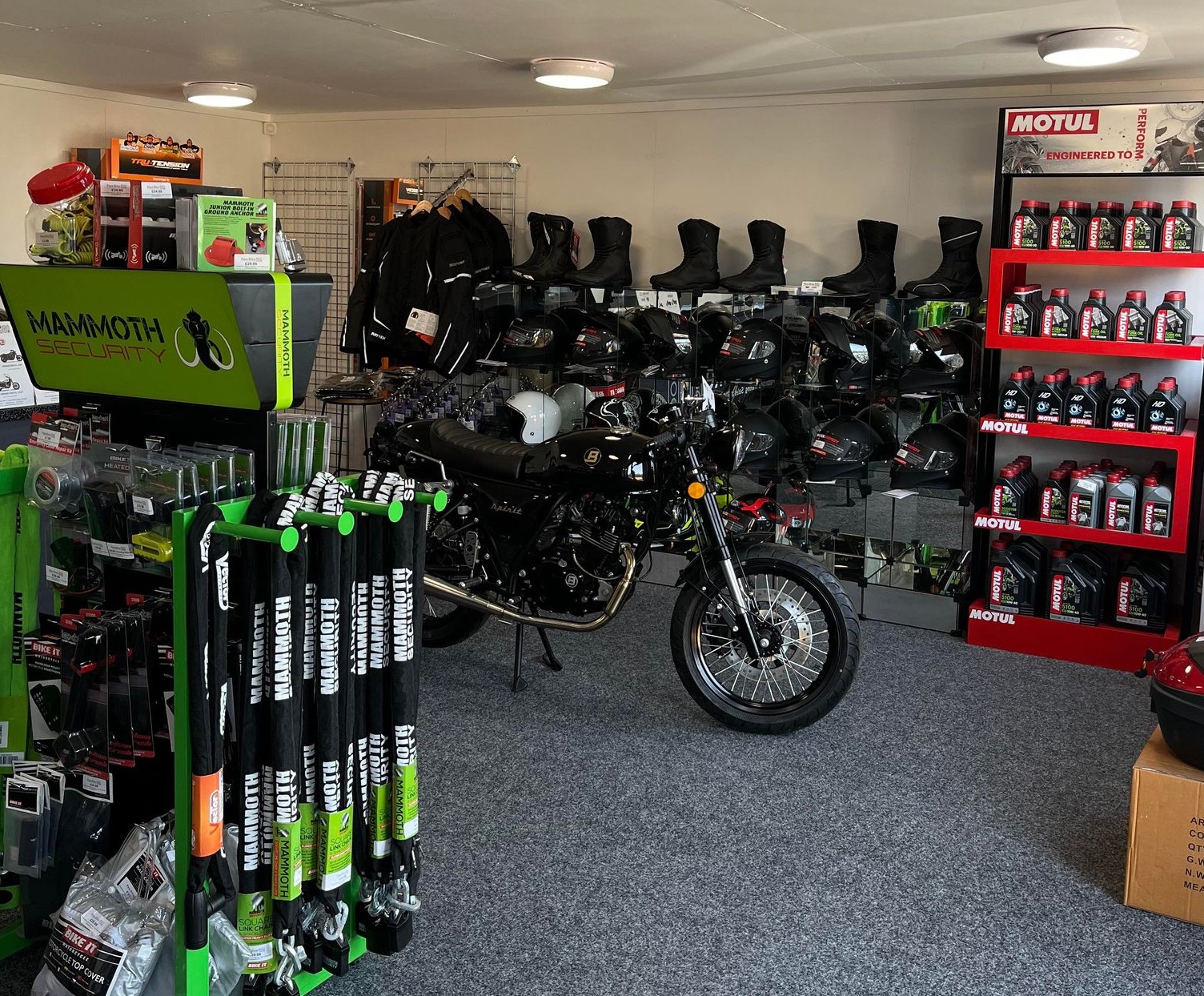Check Out the Latest Motocross Gear NZ for each Degree of Rider
Check Out the Latest Motocross Gear NZ for each Degree of Rider
Blog Article
Mastering Bike Gears: How to Maximize Your Riding Experience
In the realm of motorcycling, understanding the art of equipment control is crucial for enhancing your riding efficiency. Correctly using and comprehending motorbike gears can considerably impact fuel, control, and acceleration performance, transforming an average ride right into a seamless, exciting trip. By including accurate change timing and adjusting equipment choice to various roadway conditions, bikers can ensure optimal engine performance and safety. The subtleties of clutch control, throttle sychronisation, and gear technicians beckon a much deeper exploration, promising to open the full possibility of your device. Exactly how can these techniques be harnessed to genuinely optimize your riding experience?
Comprehending Equipment Mechanics
How do the complexities of equipment auto mechanics affect bike performance? At the core of motorcycle dynamics, gear mechanics play a critical function in converting engine power into movement, inevitably determining rate and control. Gears, diligently crafted components, allow riders to optimize torque and speed, making certain a smooth change via various surfaces and speeds. The gear ratios, carefully developed, establish the partnership in between engine changes and wheel turns, influencing velocity and gas effectiveness.
Recognizing gear technicians begins with identifying the importance of the transmission, which houses multiple gears of differing sizes. These gears connect with a process known as meshing, where teeth of various equipments engage to transfer power.
In addition, the idea of equipment moving is indispensable to making the most of efficiency. Timely and smooth shifts make certain that the engine operates within its ideal power band, preventing unnecessary stress and boosting longevity (moto parts nz). By comprehending these mechanical ins and outs, riders can achieve an unified mix of power, control, and efficiency, elevating their riding experience
Timing Your Shifts
Shift timing proficiency is crucial for optimizing motorcycle performance and enhancing the riding experience. Correctly timed shifts make sure that the engine runs within its optimum power band, which is important for maintaining control, accomplishing smooth velocity, and ensuring the durability of the motorbike. Bikers need to establish an user-friendly sense of when to change gears, which involves understanding the relationship in between engine changes per min (RPM) and rate.
To grasp shift timing, pay very close attention to the engine's sound and feel, as these provide vital clues about when to change equipments. The ideal change factor normally happens when the engine approaches the upper series of its power band without getting to the redline. Changing prematurely can cause a lack of power, while changing far too late may create unnecessary engine strain
Furthermore, roadway conditions and riding style impact change timing. In contrast, throughout freeway riding, fewer shifts at higher rates can be much more ideal.
Enhancing Fuel Effectiveness
While understanding motorcycle equipments is important for efficiency, improving fuel effectiveness is just as important for both economic and ecological reasons. Ideal gas consumption not only minimizes functional costs however additionally decreases the ecological footprint of riding. To accomplish this, one must comprehend the complex partnership in between gear choice and engine performance.
To start with, picking the right gear at ideal speeds can dramatically impact fuel consumption. Riding in a higher gear at lower speeds can result in engine lugging, which is damaging to both gas economy and engine best site wellness. On the other hand, riding in reduced gears at high rates causes unneeded gas intake. Hence, keeping an optimum balance by shifting equipments in placement with road problems and prepared for maneuvers is vital.
Furthermore, routine maintenance plays a pivotal role in gas effectiveness. Guaranteeing that the motorcycle is well-tuned, with tidy air filters and effectively blew up tires, can improve aerodynamics and lower gas waste. Embracing a riding design that accepts gradual velocity and smooth deceleration can add to much better gas economic climate.

Methods for Smooth Transitions
Achieving smooth equipment transitions is basic to enhancing the riding experience and making sure the long life of a bike's transmission system. Appropriate equipment shifting not only contributes to a smooth trip yet additionally reduces damage on the mechanical elements. To understand the art of smooth transitions, motorcyclists must concentrate on a few essential strategies.

Secondly, clutch control plays an essential duty. Involving and disengaging the clutch smoothly requires method. The clutch lever should be launched gradually, permitting a seamless transfer of power from the engine to the wheels without triggering a shock or sudden activity.

Adjusting to Roadway Problems
Navigating varied roadway problems is an important ability for any type of motorcyclist aiming to maintain control and safety. Whether you're riding on wet surface areas, crushed rock roadways, or browsing sharp turns, your ability to adapt your equipment use and riding method is vital. Comprehending how to adjust your equipments properly can substantially affect traction and security, making sure a much safer journey.
On damp roadways, it is suggested to preserve higher equipments to minimize torque and reduce wheel spin. This approach aids preserve grip on unsafe surfaces, permitting smoother velocity and deceleration. On the other hand, when riding on gravel or uneven surface, lower equipments are more effective. Lower equipments supply better control and allow you to respond even more swiftly to unanticipated modifications in the roadway surface.
Sharp contours demand specific gear monitoring to balance rate and control. Downshifting before getting in a curve can assist keep momentum while look at more info making certain the motorcycle stays secure throughout the turn. Constant technique in varied problems enhances your capability to respond and forecast to changes in road structure and incline.
Final Thought
Understanding bike equipments significantly enhances the riding experience by enhancing control, acceleration, and fuel effectiveness. Adapting equipment choice to different roadway conditions, such as making use of greater equipments on wet surfaces and reduced equipments on crushed rock, additional enhances handling and safety.
Understanding equipment technicians starts with identifying the value of the transmission, which houses multiple gears of differing dimensions. These gears interact via a procedure known as meshing, where teeth of various equipments engage to transmit power (moto parts nz). Mild modifications to the throttle during gear changes can stop jerky movements and keep a regular riding speed
Whether you're riding on damp surface areas, gravel roadways, or browsing sharp turns, your ability to adapt your gear usage and riding strategy is vital. Adapting equipment selection to numerous road problems, such as utilizing greater equipments on wet surface areas and lower gears on crushed rock, more boosts handling and safety and security.
Report this page